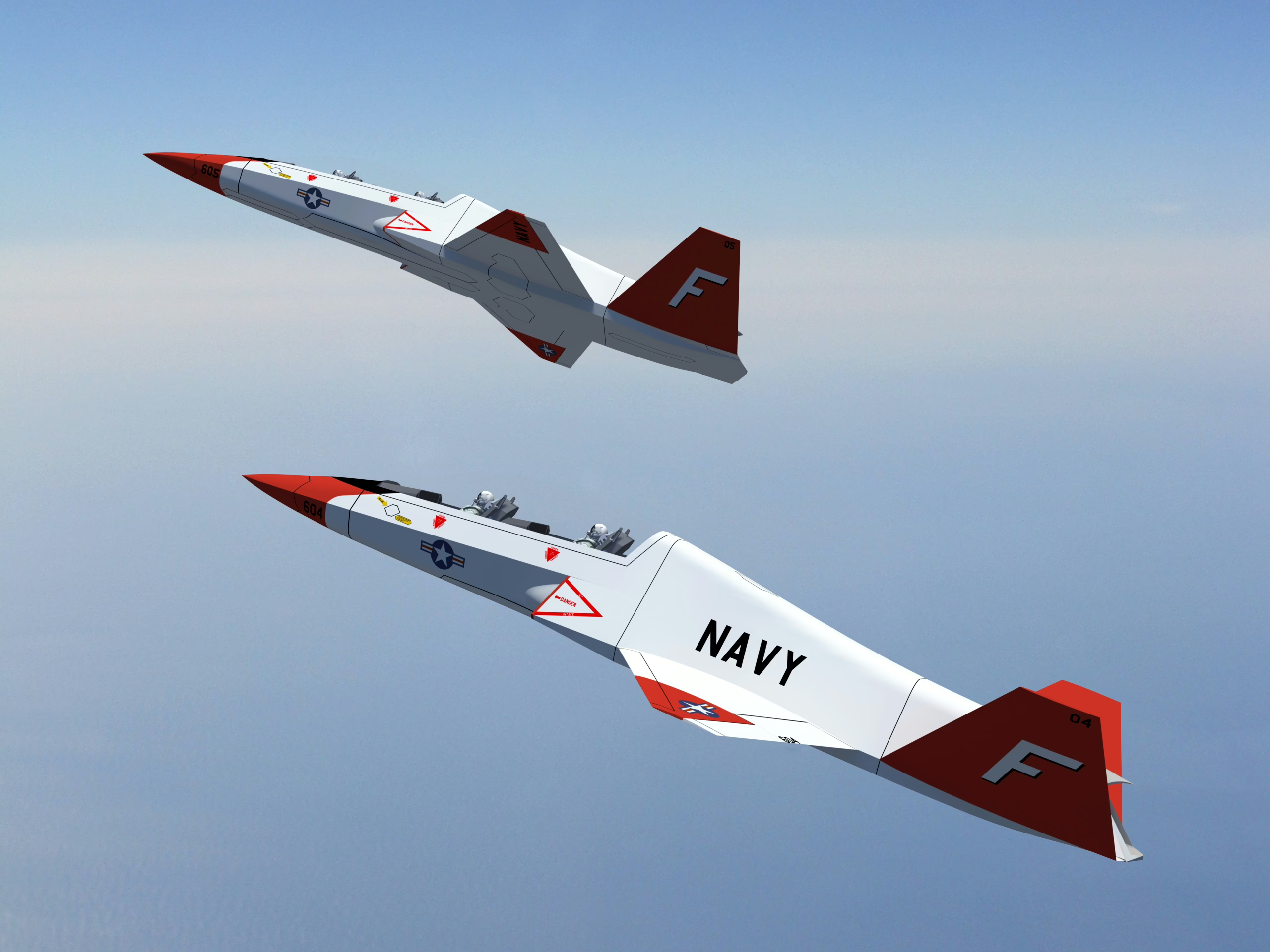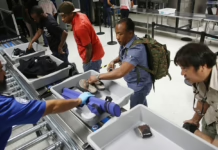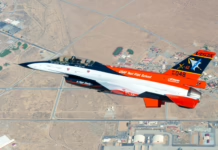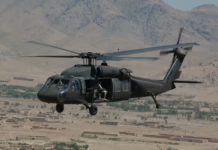Despite having never produced an actual aircraft and facing recent financial struggles, Niagara Falls-based Stavatti Aerospace has entered the competition for a major U.S. Navy trainer jet program worth billions.
A little-known aerospace startup from western New York has entered the crowded competition to build the U.S. Navy’s new trainer jet, challenging industry giants like Boeing and Lockheed Martin.
Stavatti Aerospace, based in Niagara Falls, responded to a solicitation for the Undergraduate Jet Training System (UJTS) program on April 30. The Navy confirmed receipt of the application on May 1, according to email records.
The company plans to offer its SM-31 Stiletto concept for the program. Stavatti describes the design as a single-engined, supersonic platform available in both a single-seat SM-31S light fighter variant and a two-seat SM-31T trainer.
According to Stavatti, the SM-31 would be powered by a Honeywell F125-GA-100 turbofan. A rendering on the company’s website shows the Stiletto with trapezoidal wings, V-tail vertical stabilizers and an exhaust venting deck – features more commonly associated with low-observable frontline fighters than trainers.
The company says it will present the SM-31T as a UJTS solution at the IDGA Air Dominance Summit in Las Vegas later this month.
However, analysts view the Stavatti bid as a longshot at best. Despite listing many futuristic and detailed concepts for combat aircraft on its website, Stavatti has never actually produced any of its designs.
In March 2024, the Buffalo News reported that the local government’s economic development agency had revoked tax subsidies granted to Stavatti in 2020. The agency cited a lack of movement on the company’s business plan to assemble military and commercial aircraft at a hangar facility on the grounds of the Niagara Falls International Airport.
More recently, the Buffalo News editorial board on March 19 described Stavatti as a debt-ridden failure, despite receiving substantial financial and industrial support from New York State and the local municipal government.
The paper called Stavatti’s founder and chief executive Christopher Beskar an “enthusiast” whose plans have “failed to materialise into anything substantial.”
The airport hangar site leased to Stavatti is currently empty and inactive, according to the Buffalo News. The municipal government apparently evicted Stavatti from a portion of the facility in December.
Beskar did not respond to a request for comment from FlightGlobal.
This isn’t Stavatti’s first attempt to secure a military aircraft contract. The company unsuccessfully entered the U.S. Air Force’s T-X trainer replacement program, which Boeing ultimately won with its T-7A Red Hawk.
The UJTS program seeks to replace the Navy’s aging fleet of 189 Boeing T-45 Goshawk jet trainers. In March, the Navy issued the latest in a series of non-binding requests for information outlining its tentative requirements for a Goshawk successor.
Among the more established contenders for the UJTS contract are the team of Textron and Leonardo, which will offer Leonardo’s twin-engined M-346 Master. The aircraft is currently in service with Italy, Poland, Singapore, Israel, Greece and Qatar.
A competing team of Lockheed Martin and Korea Aerospace Industries plans to bid a naval variant of KAI’s T-50 single-engined trainer, already in service with seven countries.
Boeing is also expected to compete with a naval variant of the T-7A developed for the U.S. Air Force, which is currently undergoing flight testing and final refinement with Air Force test pilots.
The Navy’s UJTS request for information set a goal of signing a contract for the new trainer by 2028 – a two-year slippage from the previous schedule. That timeline is ambitious, given the crowded field of offerings and lack of a formal request for proposal.
Notably, the new trainer jet will not have to be capable of making an arresting wire-assisted landing on the Navy’s fleet of aircraft carriers, simplifying the design challenge.

Key Takeaways
Stavatti Aerospace has entered the U.S. Navy’s trainer jet competition despite never having produced an aircraft.
The company faces significant credibility challenges, including loss of tax incentives and partial eviction from its facility.
Major defense contractors including Boeing, Lockheed Martin/KAI, and Textron/Leonardo are also .competing
The Navy aims to replace 189 aging T-45 Goshawk trainers with a contract award by 2028.
The new trainer will not require carrier landing capability, simplifying the design requirements.









